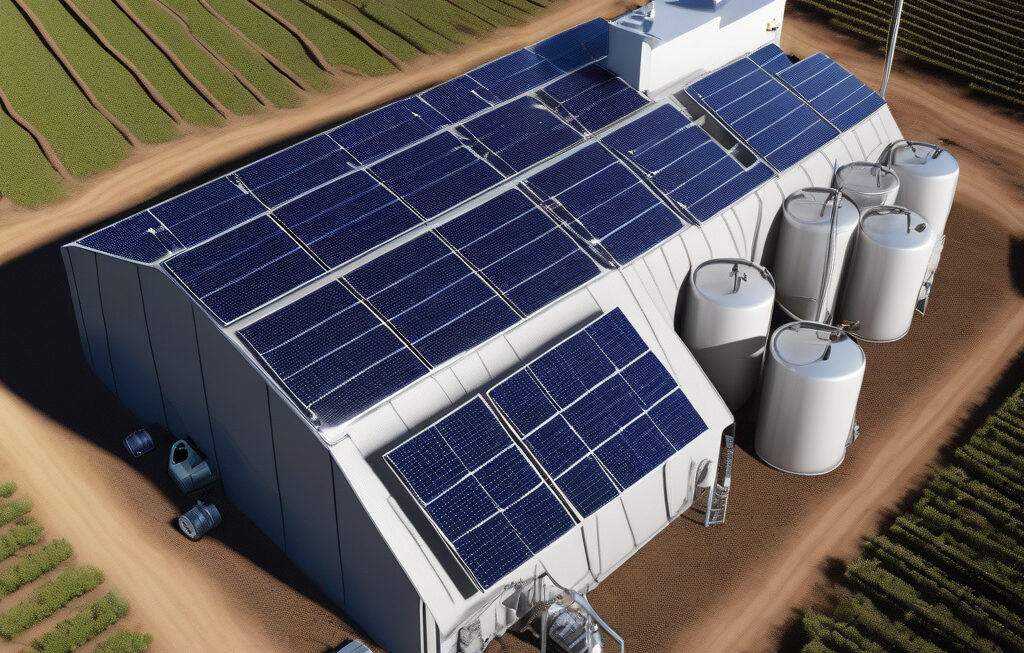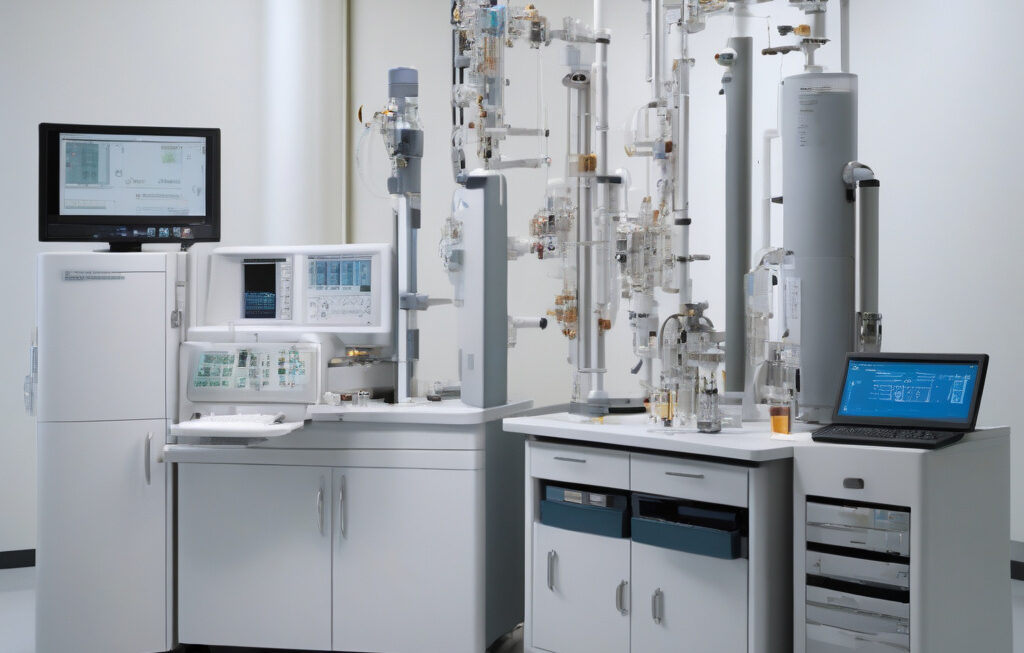Scaling Carbon Capture, Utilisation, and Storage: The Key to Achieving Net Zero
The world is at a critical juncture in the fight against climate change, with the need to achieve net-zero emissions becoming more urgent than ever before. One of the key technologies that hold immense potential in this journey is carbon capture, utilisation, and storage (CCUS). As we aim to reduce the amount of carbon dioxide in the atmosphere, scaling up CCUS technologies could be the game-changer we need to combat global warming effectively.
According to a recent article on Innovation News Network titled “Scaling carbon capture, utilisation, and storage: The key to achieving net zero,” the importance of CCUS cannot be overstated. This innovative approach involves capturing carbon dioxide emissions from sources like power plants and industrial facilities, then either utilizing it in various applications or storing it underground to prevent it from entering the atmosphere.
The concept of CCUS is not new, but its widespread adoption on a global scale is crucial to making significant progress towards net-zero emissions. By capturing carbon dioxide before it is released into the air, we can effectively reduce greenhouse gas emissions and mitigate the impact of climate change. However, the key lies in scaling up these technologies to make them more accessible and affordable for industries across different sectors.
One of the main advantages of CCUS is its versatility. Captured carbon dioxide can be utilized in a variety of ways, such as in the production of fuels, chemicals, and building materials. By turning a waste product into a valuable resource, CCUS not only helps reduce emissions but also promotes a more sustainable and circular economy.
Moreover, the storage aspect of CCUS is equally important. By injecting carbon dioxide deep underground into geological formations, we can safely and permanently sequester it, preventing it from re-entering the atmosphere. This process, known as carbon capture and storage (CCS), has the potential to play a significant role in decarbonizing hard-to-abate sectors like cement and steel production.
Several countries and companies have already started investing in CCUS technologies as part of their climate mitigation strategies. For instance, the Norwegian government has been a pioneer in CCS development, with projects like the Northern Lights initiative aiming to establish a full-scale carbon capture and storage infrastructure in the North Sea. Similarly, companies like Climeworks are leading the way in direct air capture technologies, capturing carbon dioxide from the ambient air and storing it underground.
As we look towards a future powered by clean energy and sustainable practices, scaling up CCUS technologies will be crucial in achieving our climate goals. Governments, industries, and research institutions must work together to advance these technologies, drive down costs, and create a supportive policy environment that incentivizes their deployment.
In conclusion, carbon capture, utilisation, and storage have the potential to revolutionize our approach to combating climate change and achieving net-zero emissions. By harnessing the power of CCUS technologies and scaling them up effectively, we can pave the way for a more sustainable and environmentally friendly future for generations to come.
#CCUS, #NetZero, #ClimateChange, #Sustainability, #CarbonCapture












